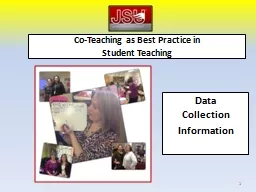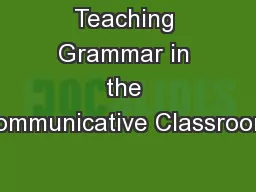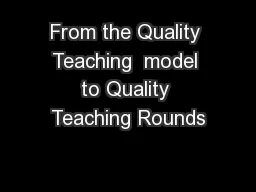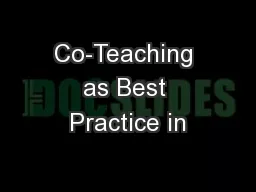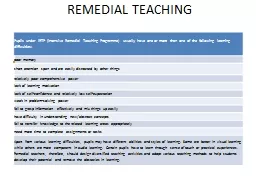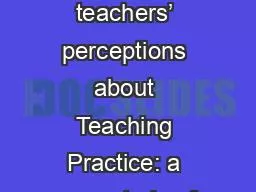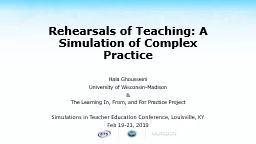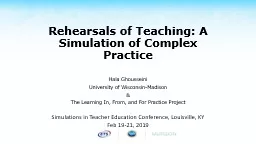PPT-Co-Teaching as Best Practice in
Author : yoshiko-marsland | Published Date : 2019-12-09
CoTeaching as Best Practice in Student Teaching Data Collection Information 1 Sowhat can this do for you 2 St Cloud Data Collection P12 Learners Academic Achievement
Presentation Embed Code
Download Presentation
Download Presentation The PPT/PDF document "Co-Teaching as Best Practice in" is the property of its rightful owner. Permission is granted to download and print the materials on this website for personal, non-commercial use only, and to display it on your personal computer provided you do not modify the materials and that you retain all copyright notices contained in the materials. By downloading content from our website, you accept the terms of this agreement.
Co-Teaching as Best Practice in: Transcript
Download Rules Of Document
"Co-Teaching as Best Practice in"The content belongs to its owner. You may download and print it for personal use, without modification, and keep all copyright notices. By downloading, you agree to these terms.
Related Documents

